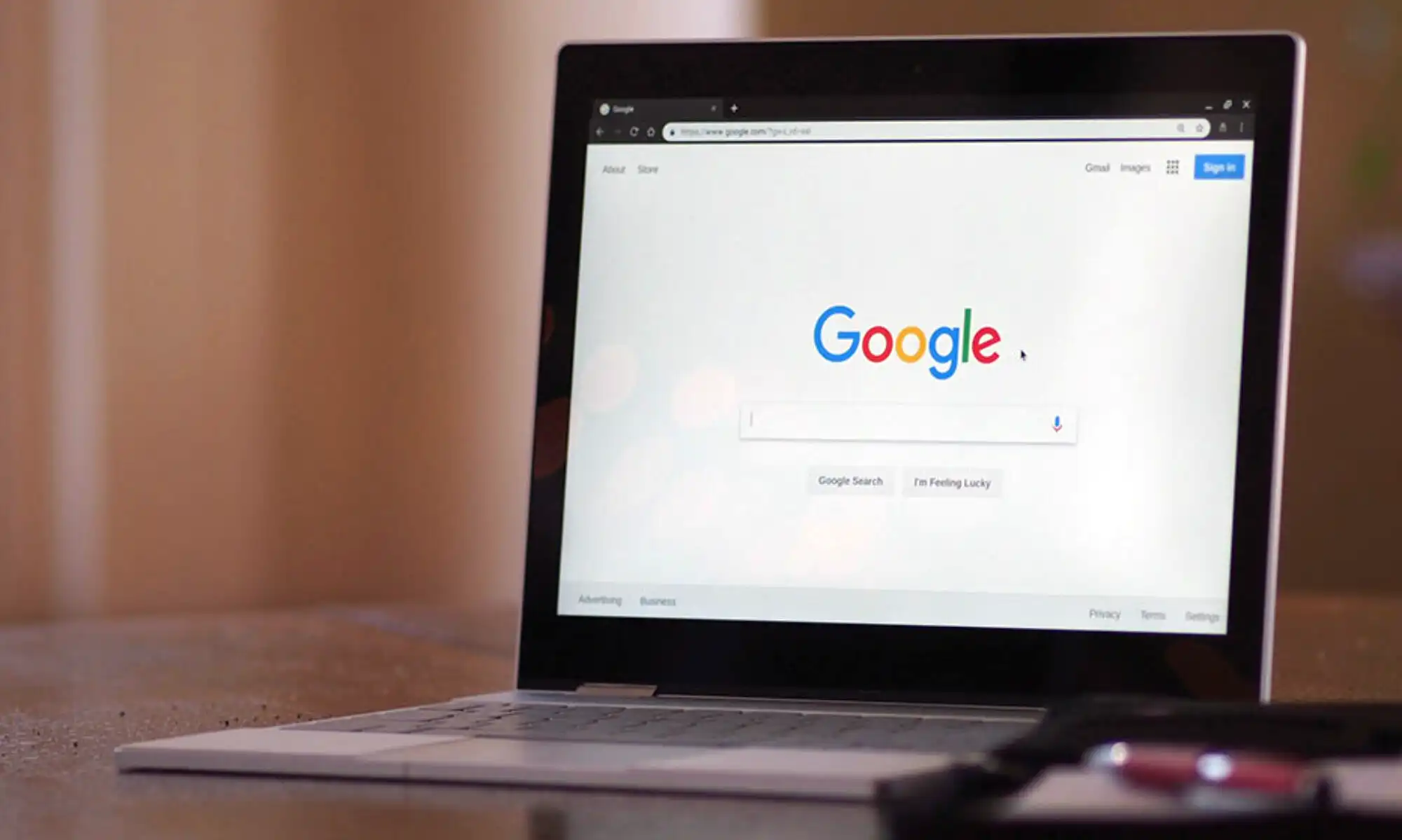| We have also seen websites from clients, prospective clients, and competitors that really don’t show up on mobile at all. For example, it is very common that a website’s graphic designer will incorporate a Flash front page. We have seen that even if the page detects that Flash isn’t available, it will suggest that the visitor install Flash. If the visitor is using Mac’s mobile operating system iOS on an iPhone, iPad or iPod Touch, it is impossible for them to install Flash, even though iOS is the most frequently-used mobile operating device that we are seeing in the statistics. This failure to properly configure the website will ensure that those visitors using mobile handset devices are much less likely to return.Both Google and Bing are aggressively wooing users of their competitor’s operating system and both are very present on iOS. Bing apps are being heavily promoted on iOS and Android. Google is built into Android OS and is the default search engine in iOS. Google just announced the capability on Windows 7 Mobile to replace the default search engine Bing. Google also just announced big changes in the way that it displays search results for mobiles. Their mobile blog reports that they have: “expanded the story space to make tapping on articles easier and more accurate. Tapping anywhere on an article headline or snippet opens it up, and clicking on a section heading opens up that topic section on your screen. In addition, the default view of stories is now collapsed in order to reduce scrolling time. You can ‘expand’ a story by tapping ‘More sources’, which brings you to related stories from other sources.” In other words, it’s quicker and more convenient. As the use of mobiles to access the web increases, your website’s ability to accomplish your business goals will need to work really well on handsets. |



